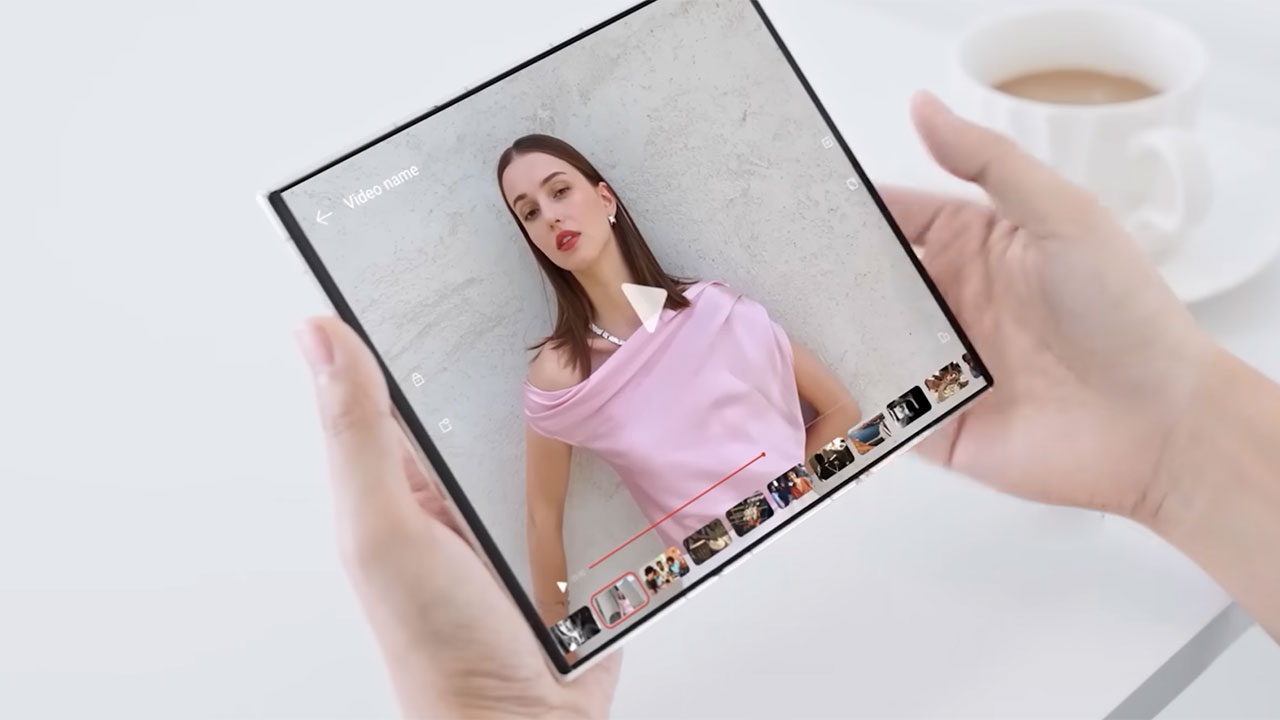
As artificial intelligence continues to evolve, it’s becoming increasingly difficult to distinguish between human-generated and AI-generated content. However, experts have identified key visual flaws in AI-created images that are challenging for generators to perfect. Similarly, textual patterns in AI writing can also serve as giveaways. These recent findings provide valuable tools and techniques for detecting synthetic media in both visuals and text.
Challenges in AI Image Realism
Artificial intelligence has made significant strides in generating realistic images, but it still struggles with certain fine details. One of the most challenging aspects for AI is accurately rendering textures and lighting. According to a recent USA Today video, these elements often reveal the artificial nature of an image.
Another persistent issue is the AI’s ability to accurately depict human-like elements. For instance, rendering hands or maintaining facial symmetry can be problematic. Despite the rapid evolution of AI generators, these artifacts remain detectable, serving as telltale signs of AI intervention.
First Major Visual Giveaway
One of the most common visual giveaways in AI-generated images is unnatural symmetry or distortions in complex objects. The USA Today video highlights this flaw, explaining that AI often fails at anatomical accuracy. For example, an AI-generated image of a person might feature extra fingers or mismatched eyes.
One detection tip suggested by experts is to zoom in on the edges of objects within the image. AI often struggles with edge detection, resulting in blurring or repetition patterns that can give away its artificial nature.
Second Key Indicator for AI Pictures
Another key indicator of an AI-generated image is the presence of lighting and shadow anomalies that don’t align with real-world physics. As outlined in the USA Today video, these inconsistencies can be a dead giveaway.
Background integration issues, where elements appear pasted or lack depth, are also common in AI-generated images. To verify the authenticity of an image, experts suggest practical checks like reverse image searches or metadata reviews.
Textual Clues in AI Outputs
Just as there are visual clues in AI-generated images, there are also textual patterns that can reveal AI authorship. A recent Rolling Stone feature investigates the “‘ChatGPT Hyphen’” trend, where em dashes are overused in AI-generated writing.
AI models often favor certain punctuation patterns, leading to a detectable uniformity in prose. This phenomenon is similar to the visual giveaways in AI-generated images, as both stem from limitations in the AI’s training data.
Tools and Techniques for Detection
There are several tools and techniques available for detecting AI-generated content. Free online detectors can scan for the hallmarks of AI images, as discussed in the USA Today video. These tools use algorithms to identify the common flaws and inconsistencies in AI-generated images.
Manual inspection strategies can also be effective. These might include checking for pixel-level inconsistencies or color grading errors. However, it’s important to note that these tools and techniques have their limitations. Human judgment remains an essential component in the detection process.
Implications for Media and Society
The ability to detect AI-generated content has significant implications for media and society. These detection techniques play a crucial role in combating misinformation, as highlighted in the USA Today video.
Furthermore, the detection of AI-generated content can shape trust in visuals, impacting fields like journalism and art. As AI continues to evolve and develop countermeasures, there’s a growing need for ongoing education on how to spot synthetic content.
More from MorningOverview